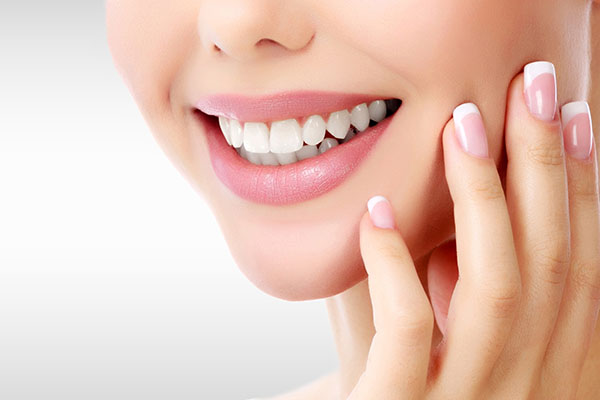 Dental bonding is not a permanent solution. This is in contrast to dental veneers, which are considered a permanent solution and are used for similar reasons as dental bonding. However, dental bonding can last for several years if the teeth are cared for properly.
Dental bonding is not a permanent solution. This is in contrast to dental veneers, which are considered a permanent solution and are used for similar reasons as dental bonding. However, dental bonding can last for several years if the teeth are cared for properly.
Reviewing dental bonding and how long it can last
The following discussion highlights what the dental bonding procedure involves and why it is not considered a permanent treatment solution. This should help answer questions that patients may have about treatment, so they feel more comfortable with the procedure if a dentist has recommended dental bonding as a method of restorative or cosmetic dentistry.
What does the dental bonding procedure involve?
The dental bonding procedure is relatively non-invasive and does not cause much, if any, discomfort. The first step in the process is to clean and prepare the tooth. Once prepared, the bonding material is molded onto the tooth and curated with a special dental light. This provides a comfortable and secure fit for the bonding material.
Is dental bonding considered a permanent procedure?
Dental bonding is not considered a permanent treatment solution because there is not typically any enamel that is removed while preparing the tooth. This is not the case with other restoration solutions, such as dental crowns and dental veneers. However, the drawback to this is that dental bonding does not last as long.
How long can I expect the results of dental bonding to last?
Dental bonding can last for up to a decade or more in some instances. On average, patients can expect the results to last for five years before repair or replacement is recommended. This is because the composite resin material used for dental bonding is durable, but it is vulnerable to stains more than dental veneers are.
What happens if the bonding material falls out or becomes damaged?
The bonding material may eventually damage or fall out of the mouth. When this occurs, the patient should notify the dentist and schedule a prompt visit to have new bonding material applied. Fixing bonding material that damages or falls out is a simple and non-invasive process.
How can I protect my smile after dental bonding treatment?
Patients can take care of their smile with dental bonding the same way as they did before, which should include good oral hygiene practices, limiting the consumption of sugar, and regular dental cleaning visits. It is particularly important to take good care of teeth after dental bonding because the resin material can be vulnerable to stains.
Start the dental bonding treatment process with a consultation
The first step toward an improved smile and oral health with dental bonding treatment is to schedule a consultation visit with a licensed dentist. Here at our dental practice, we take pride in offering high-quality and safe restorative services such as dental bonding. To schedule a visit, give our friendly team a call.
Request an appointment or call Visalia Care Dental at 559-975-1213 for an appointment in our Visalia office.
Related Posts
Dental bonding is a non-invasive treatment that can be used to transform that the way your teeth look and to rebuild them. The procedure does not require making any alterations to the patient’s teeth, as is the case with restorations like crowns and dentures.Dental bonding is typically performed during a single dental appointment, but indirect…
Dental bonding is a non-invasive treatment that has cosmetic and therapeutic uses. It involves applying composite resin – made with mixtures of plastic and glass – to the patient’s tooth. These composites can be shaped and molded as desired, allowing the dentist to address issues like decay or damage to a tooth. Composite resins can…
Dental bonding is a form of restorative treatment used to repair damaged enamel and fix cosmetic concerns such as gaps between teeth or uneven teeth. There are many benefits of dental bonding when used to repair damaged enamel, and it is safe for patients and does not harm the teeth in any way.There are certain…
